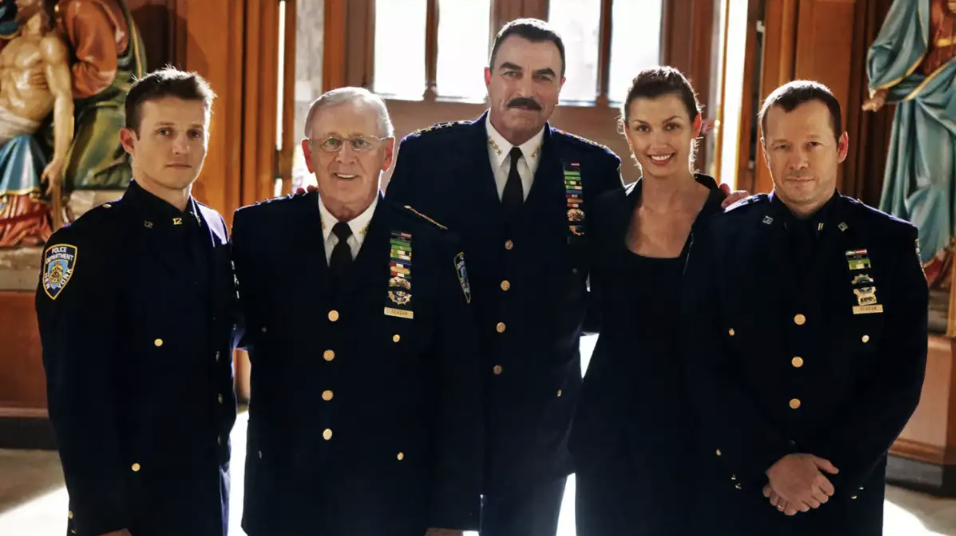
For fourteen seasons, CBS’s hit drama “Blue Bloods” has captivated audiences with its portrayal of the Reagan family, a multi-generational Irish Catholic clan deeply entrenched in the fabric of the New York City Police Department. But beyond the compelling characters and the comforting ritual of their Sunday dinners, how much of the show reflects the actual realities of law enforcement and family dynamics within the NYPD?
One of the central tenets of “Blue Bloods” is the prevalence of a multi-generational police family. While the concept of “police families” is indeed a tangible aspect of law enforcement culture in New York and across the United States, the sheer ubiquity and high-ranking positions held by nearly every Reagan family member might be a dramatic embellishment. It’s true that children often follow their parents into the force, fostering a sense of tradition and shared understanding. However, the near-monopoly the Reagans seem to have on significant roles within the NYPD is likely a narrative device to heighten the stakes and interconnectedness of the storylines.
The character of Police Commissioner Frank Reagan, played with gravitas by Tom Selleck, also invites scrutiny. As the head of the NYPD, Frank wields considerable authority, navigating complex political landscapes and making pivotal decisions that impact the entire city. In reality, the Police Commissioner of New York City is an immensely powerful figure, responsible for the largest police force in the nation. They shape policy, manage vast resources, and engage with the highest levels of city government. While Frank’s moral compass and unwavering dedication to justice resonate with an idealized image of leadership, the show sometimes streamlines the bureaucratic hurdles and political compromises that often characterize such a demanding role.
Perhaps the most enduring and culturally resonant aspect of “Blue Bloods” is the weekly Sunday dinner. This tradition serves as the emotional anchor of the show, a space for the Reagans to connect, debate, and support each other amidst the pressures of their demanding jobs. For Irish American families, like the fictional Reagans, a strong emphasis on family and shared meals is often a significant cultural touchstone. While not every Irish American family in New York (or elsewhere) religiously adheres to a Sunday dinner tradition of this scale, the show taps into a genuine appreciation for familial bonds and the importance of gathering.

Ultimately, “Blue Bloods” masterfully blends elements of reality with dramatic license. While the deep-rooted police lineage and the idealized portrayal of the Police Commissioner might be amplified for television, the show captures the essence of the “police family” dynamic and the cultural significance of family traditions within communities like Irish Americans in New York. It offers viewers a compelling glimpse into a world that, while not always perfectly mirroring reality, resonates with themes of duty, family, and the complexities of law enforcement. The Sunday dinner, in particular, serves as a powerful symbol of unity and a reminder of the human element that lies beneath the badge.
